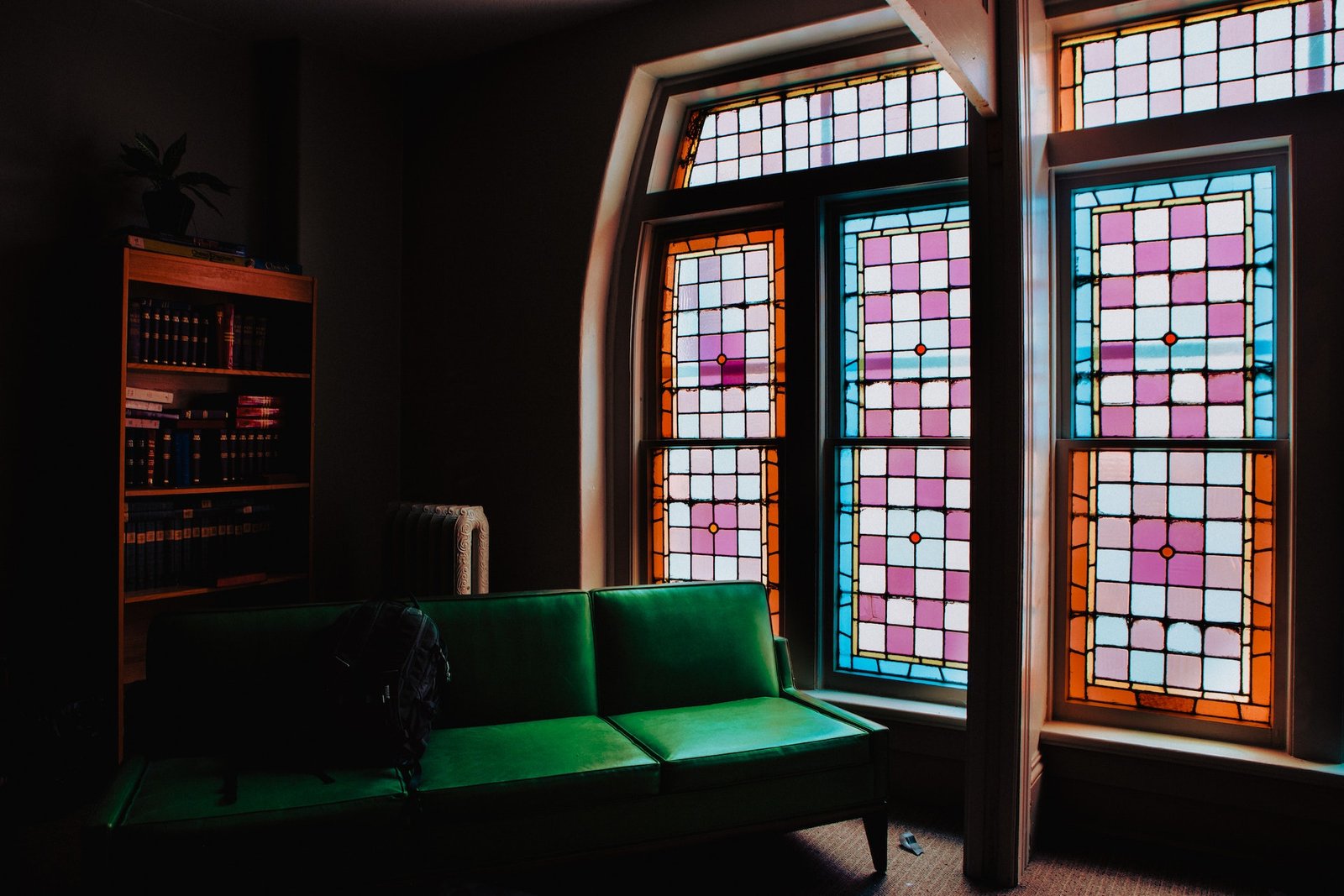When it comes to the care of stained-glass windows, it’s vital to know the importance of knowledge on glass and stained-glass restoration. These art objects often have an important relationship with their setting, and improper treatment can cause significant damage to either. Some common culprits are unsympathetic decorating schemes, deterioration, and dirt.
Restoring Stained Glass
Some stained glass windows are difficult to restore due to the deterioration and breakage of the panels. If the panels are not repaired properly, the entire structure could collapse. This is why it’s imperative to get a professional to restore stained glass. Stained glass is fragile and can be ruined by various factors, such as deterioration, abrasion, and excessive pressure. This can result in cracks, breaks, and even falling out. In addition, lead joints can become cracked or broken, and vibrations can cause the stained glass to fall out.
There are many different ways to restore stained glass. Although the basic techniques haven’t changed much over the years, new techniques and materials have improved the aesthetic results of this process. These new techniques include silicone edge-gluing, copper-foil repair, and epoxy-gluing. Each method differs in strength, reversibility, and visual effect.
Methods of Restoring Stained Glass
You may want to learn the best restoration methods when you have an old stained glass window. This can include replicating the glass painting and kiln firing. A restoration specialist like service from heirloom restoration Houston TX will research the coloration and design of missing pieces to recreate the original effect. The results of this process can be quite dramatic. This process can restore a window’s original beauty and revitalize it. While there are many differences between traditional and medieval stained glass, some common techniques will help you restore an old window.
One method for repairing stained glass involves bending back an H-shaped piece of lead. The replacement glass is then placed in the new H-shaped piece. A restoration expert will then use their skill and expertise to correctly position the piece of glass. If the glass is cracked, they often add a thin line of copper foil to cover the area. They will then glue the repaired segment back together. A professional glass artist may use solder to repair a broken segment, which requires soldering expertise.
When restoring old stained glass, it is important to research the window. This is not an esoteric exercise but serves two vital purposes. First, knowing the designer or manufacturer of the original window increases its value. Second, knowing the history of the window makes it more interesting and familiar to visitors.
Techniques of Restoring Leaded Glass
Leaded glass is a unique type of stained glass, which is created from lead, which is a soft metal. This metal has a low melting point and is susceptible to creep, which means it deforms slowly over time under constant stress. This deformation causes buckling of the lead came that supports the glass. Fortunately, there are techniques for restoring this type of glass.
The first step in restoring leaded glass is to document the original composition and history of the window. This is particularly important for historic windows. Although this requires extensive research and a professional’s expertise, it is worth it as insurance against disaster. The restoration process becomes easier as the amount of information about the original windows increases.
Depending on the size and type of glass and its setting, there are many ways to restore the leaded glass. Different restoration techniques vary in their strength, reversibility, and visual effect. A restoration specialist can determine the best technique for the specific situation.
Need for Continuing Education in Stained-Glass Restoration
Continuing education is essential for professionals working with historic stained-glass windows. While modern stained-glass windows are very attractive, they cannot replace the original architectural detail of a building. A PDH Academy course will teach you how to protect and preserve your old windows. The course focuses on restoring and preserving stained glass so that the glass remains beautiful and original.
The conservation of historic stained-glass windows is essential to the preservation and adaptive reuse projects. The treatment of these windows reflects the artist’s vision and is often a visible part of the preservation process. However, there are few standards for stained glass treatment. The lack of an overarching ethical foundation and regulating organizations limiting the practice can have significant consequences on these treasures’ long-term health and beauty.
Several organizations, individuals, and the United States government have addressed the care of stained-glass windows. While each document claims to be a national standard, it is important to note that some documents go beyond ethics to explain specific repair techniques, which do not necessarily reflect the specific characteristics of each window. Furthermore, approaches are not necessarily transferable between projects.

